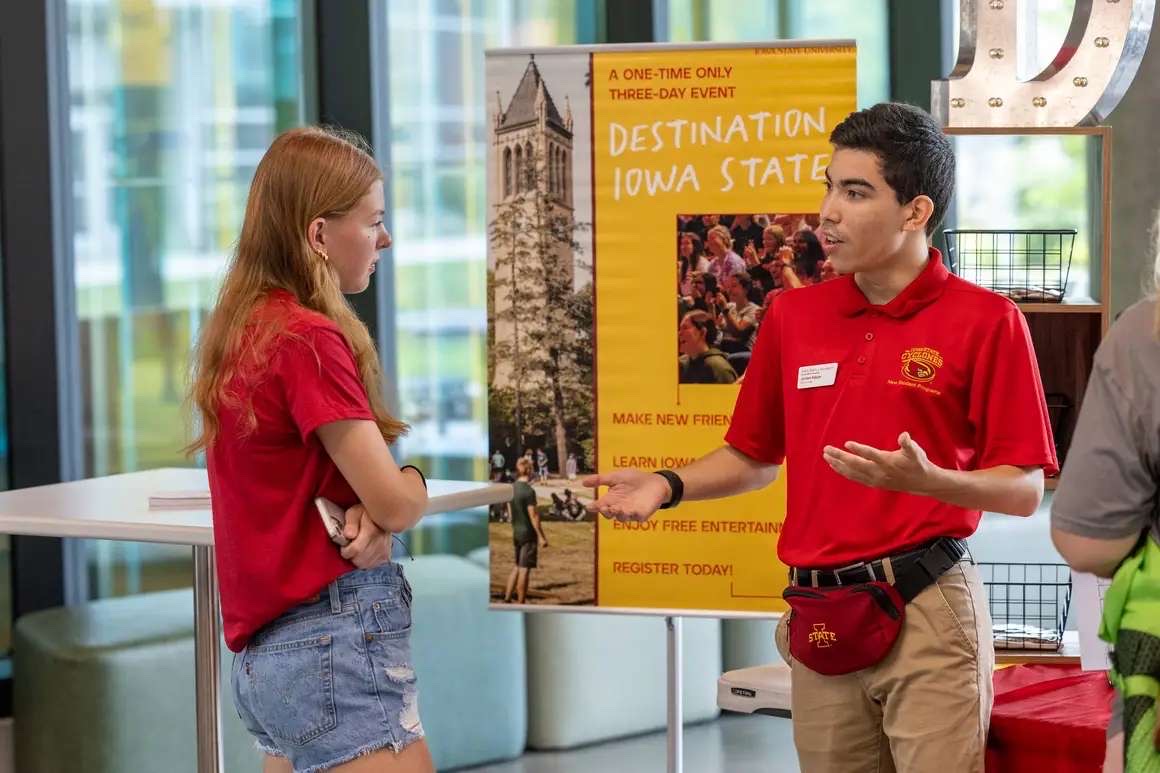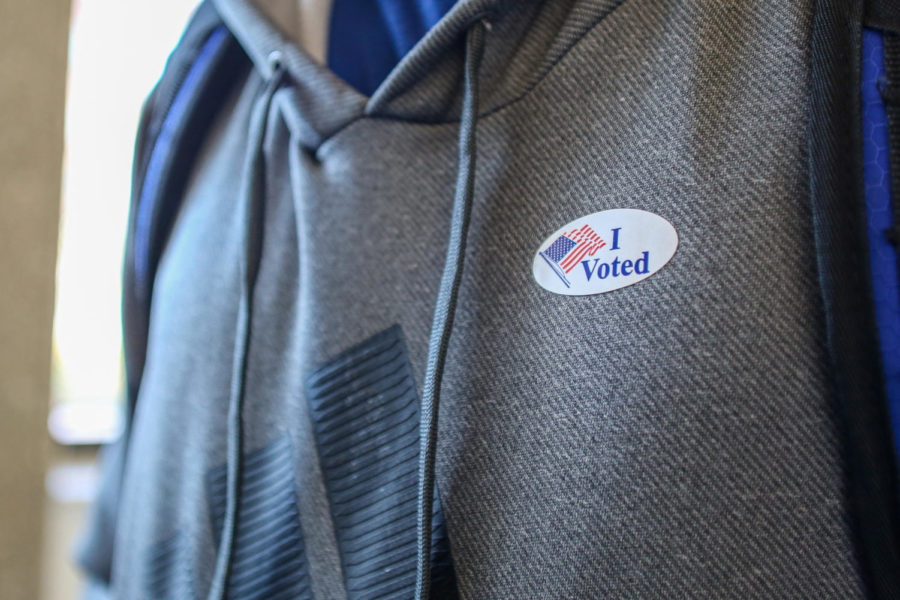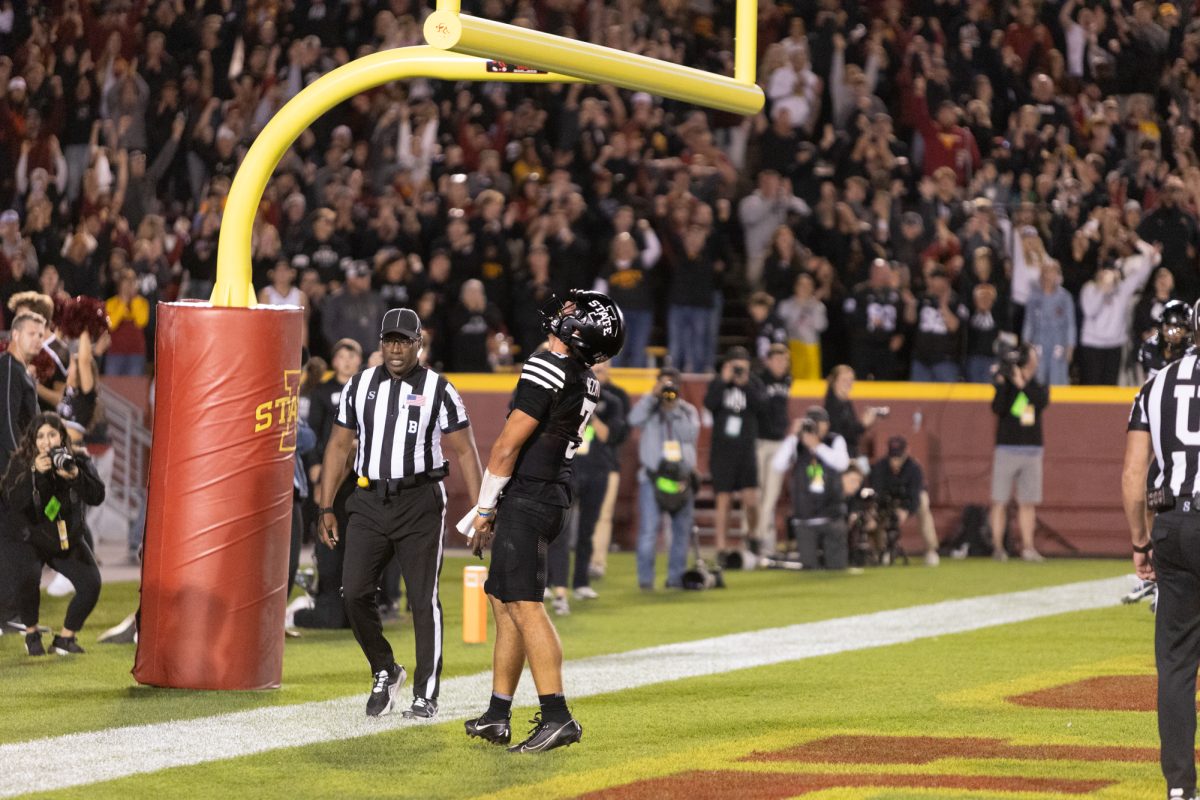Autonomy for the Power Five a good step for NCAA
September 3, 2014
The NCAA has recently given the “power five” conferences free reign to determine their own guidelines for student athlete compensation. The Big 12 is included within the power five conferences, so the decisions will hit very close to home for Iowa State and its athletes. The compensation of college athletes for their generation is long overdue and this decision is a step in the right direction.
The compensation of athletes or so called “pay for play” incentives have become a hot topic around colleges all across the NCAA’s division I schools ever since student athletes at Northwestern University in Illinois made clear that they wished to unionize, claiming that they should qualify as employees of the university.
The athletes at Northwestern had their request approved by the National Labor Relations Board and the decision will eventually end up with the U.S. Supreme Court, but for at least this season, they will play as a unionized organization.
The NCAA is unflinchingly opposed to the decision, but will allow the court to make the final ruling, saying that they will take no part in the case. However, this latest move does seem to be an attempt by the NCAA to get out in front of the coming changes, in an attempt to control the future of their leagues.
The five largest conferences in the NCAA (SEC, Big 10, Big 12, Pac 12, and the ACC) will now be able to decide if athletes should receive benefits such as stipends and guaranteed scholarships.
The decisions will not just affect the major revenue generating sports, but nearly every, if not all, sanctioned sport at the various universities. The money will be taken from the funds generated by the athletic events and programs themselves and could result in players being paid between 2,00 and 5,000 dollars for their participation.
This adjustment is necessary not only for the well-being of the athletes, but also for the fairness of recruiting throughout the country. Every few years a university or individual student athlete will be reprimanded by the NCAA for accepting “illegitimate” gifts from schools or even boosters who give money to the schools, but now that there could be monetary incentives for attending any major university, the “below the table” conduct should diminish.
The assertion that university student athletes are not employees of the university is a claim that is hard to stand behind. Although it is easy to list all of the benefits that student athletes are given, it is far too easy to overlook the things they miss out on. These young men and women spend forty to fifty hours every week practicing and performing their sport for the sake of their school and lose out of countless opportunities that are made available to students.
Kain Colter, the Northwestern University quarterback who became the face of the unionization movement, has even claimed that due to responsibilities he had as an athlete, he was unable to pursue his goal of joining the Northwestern pre med program.
The decisions regarding compensation have not yet been made, but when they are, each university will be given the ability to decide for their individual universities which of the rules will apply at their school. Given the fact that Iowa State University can apply all of the rules or none of them, it is important that the student body, the athletic department, and university alumni, and truly every person involved with Iowa State, make their opinion as to what the best move for the university would be regarding these decisions.
The acceptance of the compensation programs would undoubtedly lead to recruiting benefits for the university, whereas the rejection of compensation rules could, in the minds of those who are opposed to the pay for play concept, uphold the traditions and spirit of college athletics.
While I do believe that the opinions of the general public of the involved universities should be taken into consideration, the final decision should be made by the athletic departments and athletes of each individual university.






